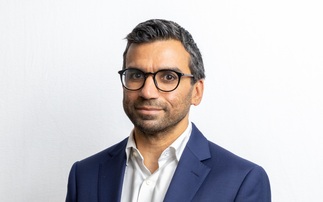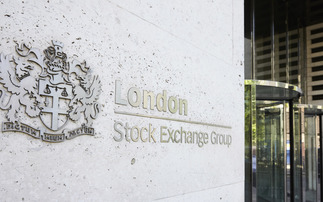Partner Insight: The future of portfolio construction.
Traditionally investment managers have constructed portfolios based on a range of assumptions about how asset classes will behave: using risk, return and diversification assumptions often based on very long-term averages. These assumptions may hold true over an investment horizon of 15-20 years or so, but are frequently found wanting in timeframes that matter to investors.
A key reason for this is that our saving and investment goals - whether for a child's education, income in retirement or purchasing a second property - differ in material respects such as time horizon, ability to take risk and goal priority (is it a "must-have" or a "nice-to-have").
Therefore, it makes little sense to ask individuals about their goals and then recommend one balanced portfolio to cater to all these different requirements. Objective-based investing - the practice of goals-based wealth management - answers this bespoke need for portfolio construction and appears to be gaining momentum.
Chanchal Samadder is Head of Equity ETFs at Lyxor and is "incredibly excited" about future developments in portfolio construction. "We're already seeing a lot of growth and interest in the fixed income space in which we think there are still many building blocks missing; things like, for example, floating rate notes and inflation-linked bonds."
Why passive?
In today's low yield, slow growth environment, investors are looking to squeeze out greater returns through quality firms that continue to pay-out dividends. The cost benefit of passive instruments is well known and there are a number of high-quality dividend-paying stock ETFs to choose from. For example, Lyxor's two low cost launches in June - the Lyxor FTSE US Quality Low Vol Dividend (DR) UCITS ETF and Lyxor FTSE UK Quality Low Vol Dividend (DR) UCITS ETF.
Samadder continues: "There are also some really exciting possibilities within equity - we've seen a lot of interest in thematics and in particular with smart beta. Again, we think there is a lot of room for growth in smart beta which is basically more like active. We see smart beta as something between purely passive and active."
Adam Laird is Head of ETF Strategy - Northern Europe, at Lyxor ETF. "One thing we hear again and again is the hunt for yield. Dividends are a really important part of many investors' objectives. Investors need income and yield to support themselves and if that can be done in a passive way that is straightforward and lowers costs, then that will be a benefit for investors."
Ultimately, an objective-based approach allows the investor to proactively adjust to prevailing market conditions and have confidence in the decision-making process. Taken together, this approach is one that allows investors, with emotions and biases, to confidently and methodically invest in order to reach their financial goals.














